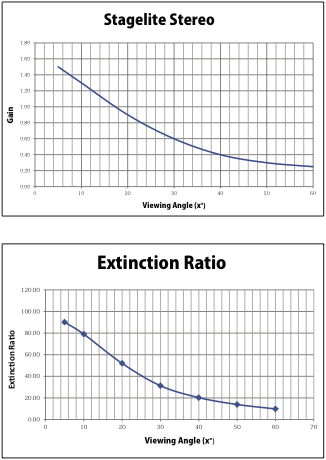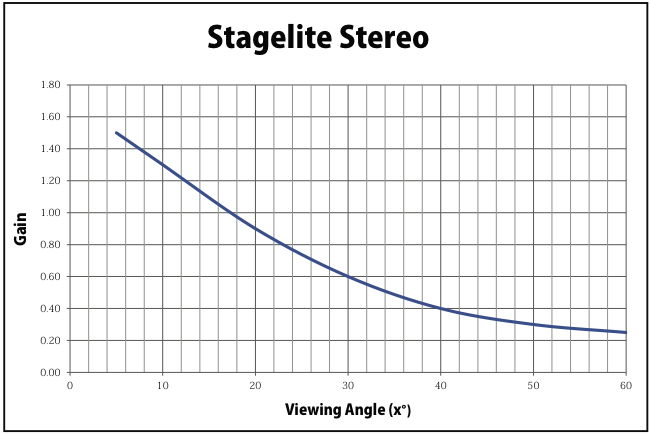The 10-years-in-the-public history of digital cinema is marked with technology sitting below the desired standard, then reaching the possibility of displaying to the standard. The American Society of Cinematographers (ASC) pushed hard in those early days against the typical “good enough” mentality that normally plunges a technology lower to a new normal. Engineers from the industry came together under the auspices of SMPTE and AES, and assisted by an investment from the studios themselves to form DCI, developed a set of standards that aimed to match and better the qualities of film presentation.
Over time, Texas Instruments iterated the DLP up to the now wide-spread 2K, with excellent depth in the blacks. Sony followed with a different technology that brought 4K and an internal media block. 1.3 was relegated to the scrap heaps, the once king no longer allowed. Doremi showed that JPEG-2000 could be done following the standards and MPEG followed to oblivion, along with a few companies who couldn’t make the transition.
The studios are very careful to stay clear of any monopolistic tendencies. But they have an obligation to their clients, the authors and other copyright holders and directors to make certain that the people and groups who disseminate their entertainment does so to security and quality standards.
Which brings us to High Gain Screens in general, and Silver Screens in particular. They have the ability and purpose of focusing the light from the projector to reach the audience instead of the walls and ceiling and floor. That’s a good thing. But advantages in physics have the tendency of bringing undesired attributes. High gain screens have problems with uniformity. James Gardiner points out why in this presentation on his Cine Tech Geek–3D Quality on Silver Screens.
{youtube}bTuPSw7tKSE{/youtube}
One thing that James doesn’t elaborate on is that the ‘hot spot’ and uniformity problems of a silver screen are not just on the horizontal plane, but also on the vertical. So, as pointed out in 23 degrees…half the light. 3D What?, the viewer just 3 seats from the optimum seat is getting half the light level…whether 3D or 2D! and whether you measure 3 seats left or right or 3 rows higher or lower.
Higher or lower light means different colors. When the levels go from 48 candelas per meter to 10, they really change colors. Light Levels In Cinema – From the Screens Viewpoint. The reality is that most auditoriums don’t get close to 10 candelas (about 3.5 foot Lamberts.) You do the math, your milage may vary…as might your headache.
So, just like the ASC in the early days, there was a great hue and cry in France recently. As detailed in Silver Screens – French Quality Officially Declines?, the groups responsible for ensuring that the director’s intent has a fighting chance of being transmitted to the screen, found out that the standards body – the CNC – appeared to be throwing in the towel on the problems of high gain “silver” screens merely because (your author crudely typifies) the money had been spent.
As it turns out, the tide turned against giving in to inferior presentations with a structured requirement that Silver Screens be traded out as the technology turns the corner. Since Silver Screens deteriorate faster and can’t be cleaned at all, this happens more often than one would think…or it should. (A dark screen is going to make the dark problem even worse.)
J. Sperling Reich at Celluloid Junkie tells the story well: No More Silver Screens In France
At the start of a six day conference on technology in exhibition and distribution, CNC president Eric Garandeau announced an “agreement to ensure the quality of film screenings in movie theaters in the digital age.” In his opening remarks Garandeau acknowledged all the hard work that goes into making a movie and that, “if so many people put so much care to seek perfection in the image, it is necessary that these efforts are visible and even sublimated on the screen, in the most beautiful manner.” Wanting to see the difference for himself, Garandeau held a test screening to see “if a layman could make a comparison and tell the difference between a white screen and a silver screen.”
Garandeau says he saw the bright smile of Oscar winning actor Jean Dujardin switch from white to gray during the test and that the brightness level at the edges of the screen, compared to the center, decreased significantly. Not surprising since color balance, luminance consistency, and hot spots are the major drawbacks when it comes to silver screens, especially when they are used for 2D films.
![If only I could put some light on the subject, I might not get a 3D headache. [Same object lit with different levels of light.] Photipic Geranium's Going Dark](https://dcinematools.com/wp-content/uploads/2012/03/exhibition_red_geranium_photoic_mesopic_scotopic.jpg) It is possible that the 6 day conference that Sperling mentions was actually the 6th Annual CST JOURNÉE DES TECHNIQUES DE L’EXPLOITATION ET DE LA DISTRIBUTION mentioned at CST 6th Day of Techniques…DCinema. One could also quibble about whether the ‘industry norm’ of 4.5 ftL is a legit number, since anecdotal evidence and reports from ASC members says the number is a lot lower. Whatever the case on those two issues, Sperling tells the most important parts of the French story extremely well.
It is possible that the 6 day conference that Sperling mentions was actually the 6th Annual CST JOURNÉE DES TECHNIQUES DE L’EXPLOITATION ET DE LA DISTRIBUTION mentioned at CST 6th Day of Techniques…DCinema. One could also quibble about whether the ‘industry norm’ of 4.5 ftL is a legit number, since anecdotal evidence and reports from ASC members says the number is a lot lower. Whatever the case on those two issues, Sperling tells the most important parts of the French story extremely well.
Basically, what the CNC (and AFnor-Assn. Francaise de Normalisation) are saying is that they will be enforcing the long-known standard. The argument that there are financial implications should be invalid to a standards group, especially when it causes distortions in the playing field and possibly causes harm. By the transition date of 2017, all the existing silver screens should be replaced anyway. One would certainly hope that 3D technology will progress by then also.
Logic says that the decisions of the CNC should ripple throughout the world. The coming laser technology will allow high on screen light levels, even for 3D. Barco got nearly 90 candelas per square meter…over 25 foot Lamberts on a 70+ foot (23 meter) screen. Dual projectors are generally frowned upon for other reasons, but they have been used quite well in many cinemas to present high quality 3D movies.
When it is shown that the technology can perform the standard, the industry has prohibited…nay, insisted that the standards be followed. Whether that is actually significant for RealD and MasterImage in the long run is doubtful since the real money for their stockholders is in the consumer business.
It should also be pointed out that high-gain “white” screens have many of the same problems as a silver screen; if one is sitting on the left side of an auditorium, and if the screen is displaying a white field, one will notice that the opposite side of the screen is grey. The off-center gain structure can be just as bad. Why? Because high-gain creates as many problems as they solve, and the aluminum paint of the silver screen just exacerbate them. There may not be the hot spots that partially come from an imperfect paint application of the silver screen, and the screen may not deteriorate as quickly, and the white screen may be able to be wiped clean…or even have detergents applied without ill effects…none of which can be done with silver screens…but people off center are not getting the director’s intent.
One nice effect of all this is to see that the industry can talk about these things in the open. In the past anything that could spook the business was only discussed behind closed doors among the experts.
CNC – communiqués de presse – Le CNC annonce un accord pour garantir la qualité de projections des films dans les salles de cinéma à l’ère du numérique
See also:
Silver Screens – French Quality Officially Declines?
France bids adieu to silver screens – Entertainment News, Film News, Media – Variety
Scotopic Issues with 3D, and Silver Screens
23 degrees…half the light. 3D What?
DCinema_Training & Compliance.pdf










